How to Fix PS4 Remote Play Error 0x80001FFF
The Error code 0x80001FFF (Cannot connect to the PS4) is encountering when users attempt to connect their PS4 through Remote Play on Windows 10. The error code appears after the error connection attempt fails.
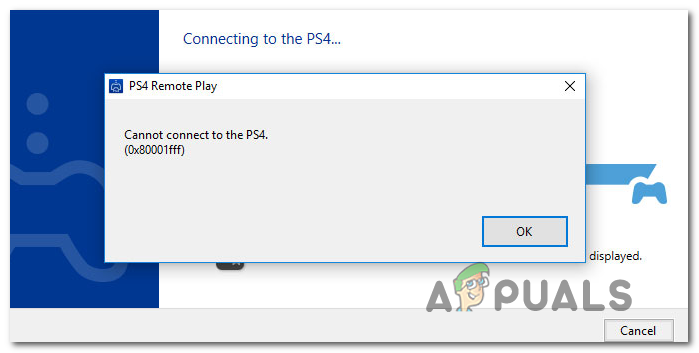
As it turns out, there are several different causes that might end up causing this particular error code:
- 3rd party interference – As it turns out, one of the most common causes that will cause this issue is an overprotective Antivirus or Firewall that ends up interrupting the connection between the PS4 (most likely due to a false positive). If this scenario is applicable, you should be able to fix the problem by disabling the overprotective security suite or by uninstalling it altogether.
- Automatic Connection is failing – Automatic remote connection is faster but it has fewer chances to work without issues. In this case, you should be able to fix the problem by connecting to the PS4 manually after doing some tweaking on your console’s settings.
- UPnP is Disabled – If you’re using a newer model and you previously disabled UPnP, chances are the connection fails because the ports needed is closed. In this case, the easiest fix is to access your router settings and re-enable UPnP (this should be enabled by default).
- Ports used by Remote Play are not forwarded – If you’re using an older router model or you’re not a fan of UPnP but you suspect that the problem is caused by ports that aren’t forwarded, you should be able to fix the problem by forwarding the 3 ports (UDP 9296, UDP 9297 and UDP 9303) required by Remote play manually.
Method 1: Disabling 3rd-Party Interference (if applicable)
According to some affected users, this problem can very well be caused by some type of interference caused by an overprotective AV suite that ends up interrupting the connection with your PS4 due to a false positive.
If this scenario is applicable and you’re using a 3rd party security suite, you should be able to resolve this problem swiftly by disabling the real-time protection and prevent the interruption from happening.
Most 3rd party suites will allow you to do this directly from the tray bar icon. Just right-click on it and look for an option that will allow you to disable the real-time protection.

But keep in mind that in case you’re using an AV suite that comes with a firewall, chances are the same security rules will remain in place even after you disable the 3rd party AV. In this case, you will only be able to fix the problem by uninstalling the security suite altogether and removing any remnant files.
In case this method was not effective or you’re not using a 3rd party suite, move down to the next potential fix below.
Method 2: Connecting the PS4 System Manually
If you already tried the quick approach and it didn’t work for you (and you made sure there is no antivirus interference), the next step is to try the manual approach. This procedure is a little tedious but has a higher chance of allowing you to connect to your PS4 remotely (even if you don’t have a reliable Internet Connection).
However, before you get started, there are several requirements that you need to be aware of. You need to check every box below in order to connect the PS4 to a PC manually:
Prerequisites
- Windows 7, Windows 8.1 or Windows 10 Computer
- PS4 System with the latest System update installed
- Dualshock 4 Wireless controller
- USB cable (to connect to the PC) or a wireless Dualshock 4 adaptor
- An account on Playstation Network (No Gold Subscription Needed)
- Reliable Internet Connection – For the best performance, you need real download speeds of at least 15 Mbps.
Once you ensured that you check everything, start following the instructions below to connect to your PS4 console manually from a Windows PC:
- Download the latest version of the Remote Play Installer, double-click on it, grant admin rights and follow the on-screen instructions to complete the installation.
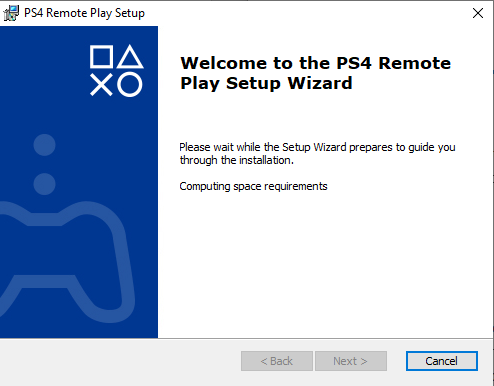
Downloading the last version of PS4 Remote Play Note: If you want to play without an Internet Connection, you also need to download & install the Offline Remote Play patch.
- Select a suitable location where you have plenty of space, then start the installation and wait for the operation to complete.
Note: The installation might request the installation of additional software. If this happens, follow through with the on-screen instructions to download the additional features (this should only occur on Windows 7 and Windows 8.1) - After the installation is complete, restart your computer and wait for the next startup to complete.
- Once the installation is complete, move to your PS4 system and go to Settings > Remote Play Connection Settings and access the Remove Play Connection Settings. When inside, simply check the box associated with Enable Remote Play.
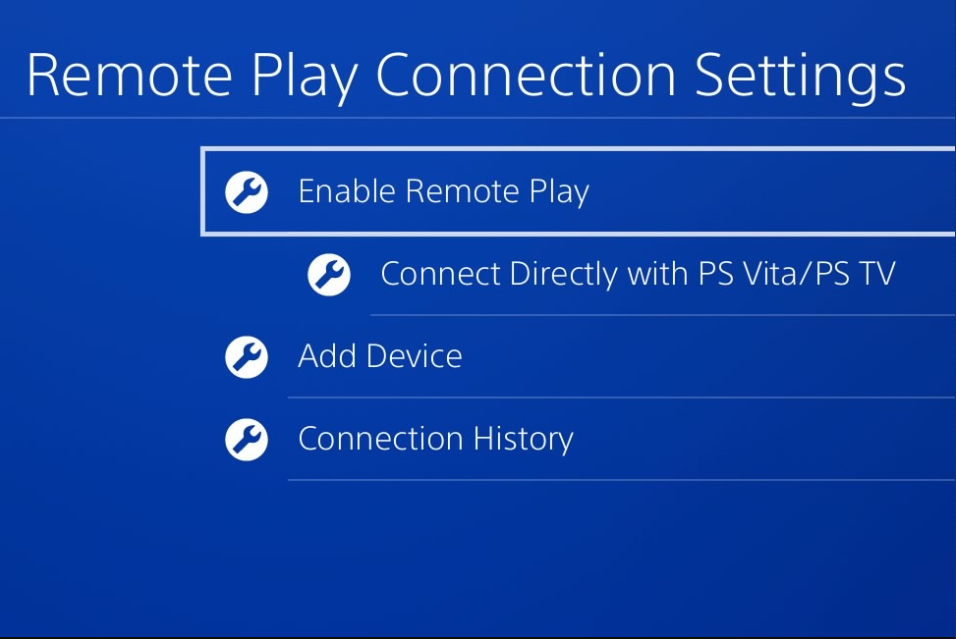
Enable Remote Play from PS4 - Once Remote Play is enabled, go to Settings > Account Management and ensure that this console is activated as your Primary PS4. If it isn’t, use the Activate as Your Primary PS4 menu and confirm to do so.

Activate as your Primary PS4 Note: If you want to ensure that you can connect to your PS4 while it’s in rest more, go to Settings > Power Save Settings > Set Features Available in Rest Mode. Inside, check the box associated with Stay Connected to the Internet and Enable Turning on PS4 Network.
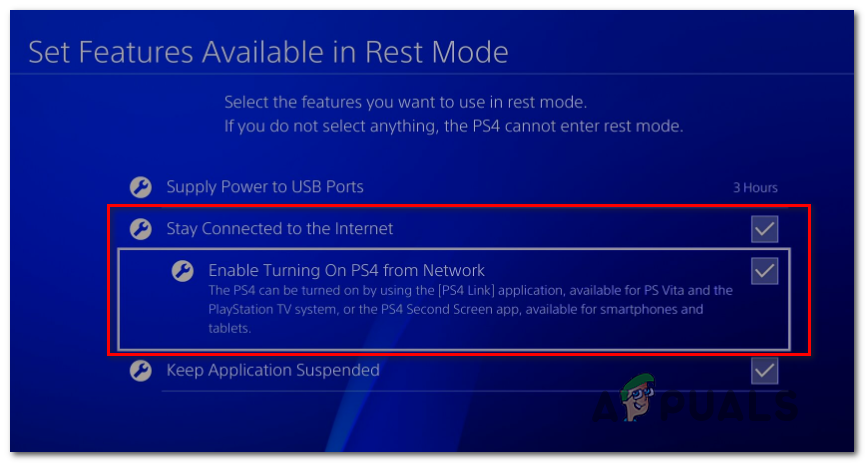
Configuring PS4 Remote Play for Rest Mode - Turn your PS4 system and put it in Rest mode (optional).
- Connect the controller to your PC using a USB cable or pair it using the Dualshock 4 USB wireless adaptor. Once prompted to do so, sign in with your Playstation Network account.
- Wait for the connection to be established and see if you’re still encountering the same 0x080001fff error code.
If the same problem returns, move down to the next potential fix below.
Method 3: Enabling UPnP (if applicable)
If none of the potential fixes above have worked for you, it’s very likely that you’re actually dealing with a NAT (Network Address Translation) issue. Generally, if your NAT is closed, certain actions (including the attempt to use Remote Play on PS4) will not be allowed on your network.
If this scenario is applicable, you should be able to fix the problem by enabling Universal Plug and Play if your router supports it. The vast majority of routers manufactured after 2012 support this technology, so you should have this option already enabled (unless you specifically disabled it).
However, if you’re using an older router model, you might need to forward the ports required by the Remote Play manually (from your router’s settings) – If this scenario is applicable, start following the instructions below.
Method 4: Forwarding the Required Ports Manually
In case you’re using an older router model that doesn’t support UPnP, you will need to forward the ports used by PS4 Remote Play manually (UDP 9296, UDP 9297, and UDP 9303). This operation is done from your router settings, so you’ll need to get access to it by accessing the default IP address.
Several affected users have confirmed that this operation was the only thing that allowed them to play PS4 games on their PC using the Remove Play feature.
Follow the instructions below to forward the ports required by Remote play manually from your router settings:
- On the PC, open any browser, type one of the following addresses and press Enter to open up your router settings:
192.168.0.1 192.168.1.1
Note: If none of these addresses work for you, find your router’s IP from any device.
- Once you get to the login screen, enter your custom credentials if you have previously established any. if you didn’t (it’s the first time you’re visiting this page), try admin as users and 1234 as password – Most router manufacturers use these credentials by default.
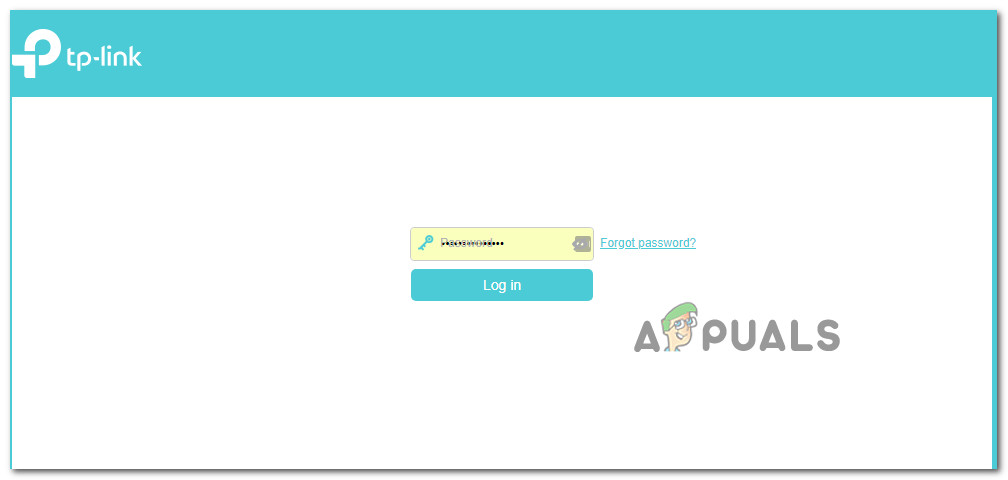
Accessing your router settings Note: If they don’t work, search online for specific steps on resetting the default credentials on your router.
- Once you get past the initial login screen of your router, look for the Advanced menu and see if you can find an option called Port Forwarding.
Note: Depending on your router model, the name of the menus might be different. - Inside the Port Forwarding menu, go ahead and add the UDP ports used by the Remote Play utility:
UDP 9296 UDP 9297 UDP 9303
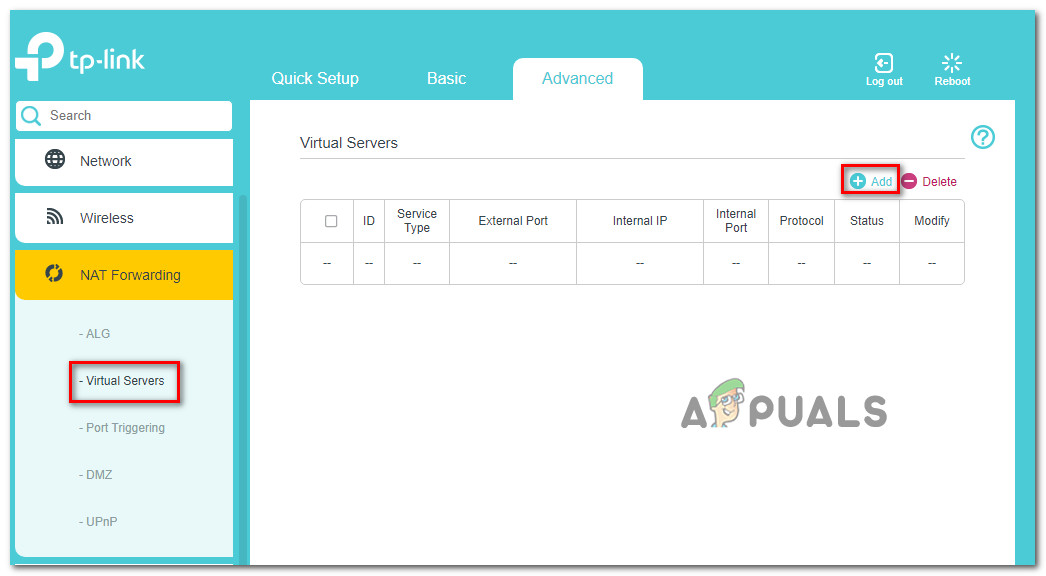
Adding ports to the Forwarding list - Once the ports are forwarded completely, reboot both your router and your computer and see if you’re able to connect at the next system startup without seeing the same 0x80001FFF error code.





